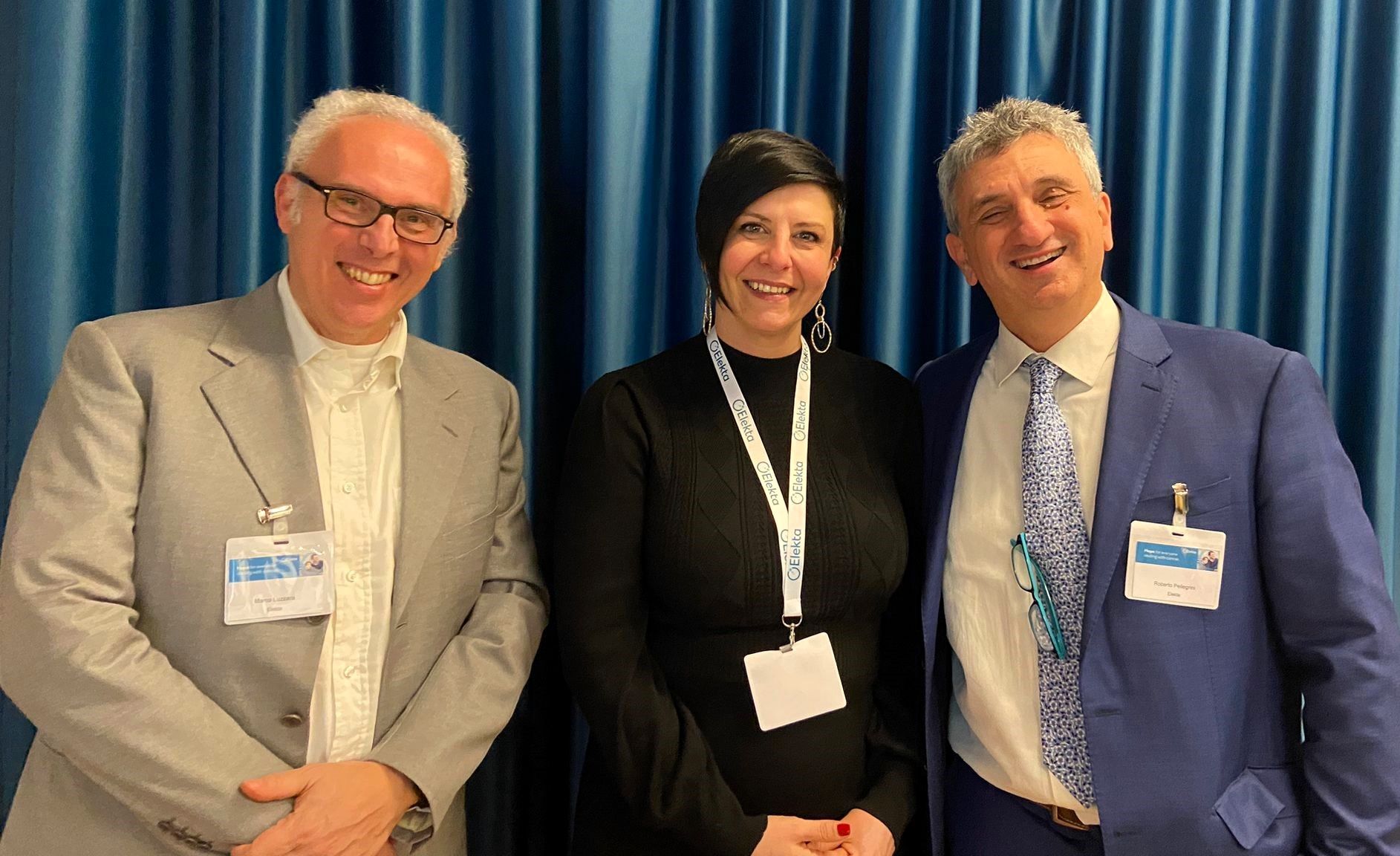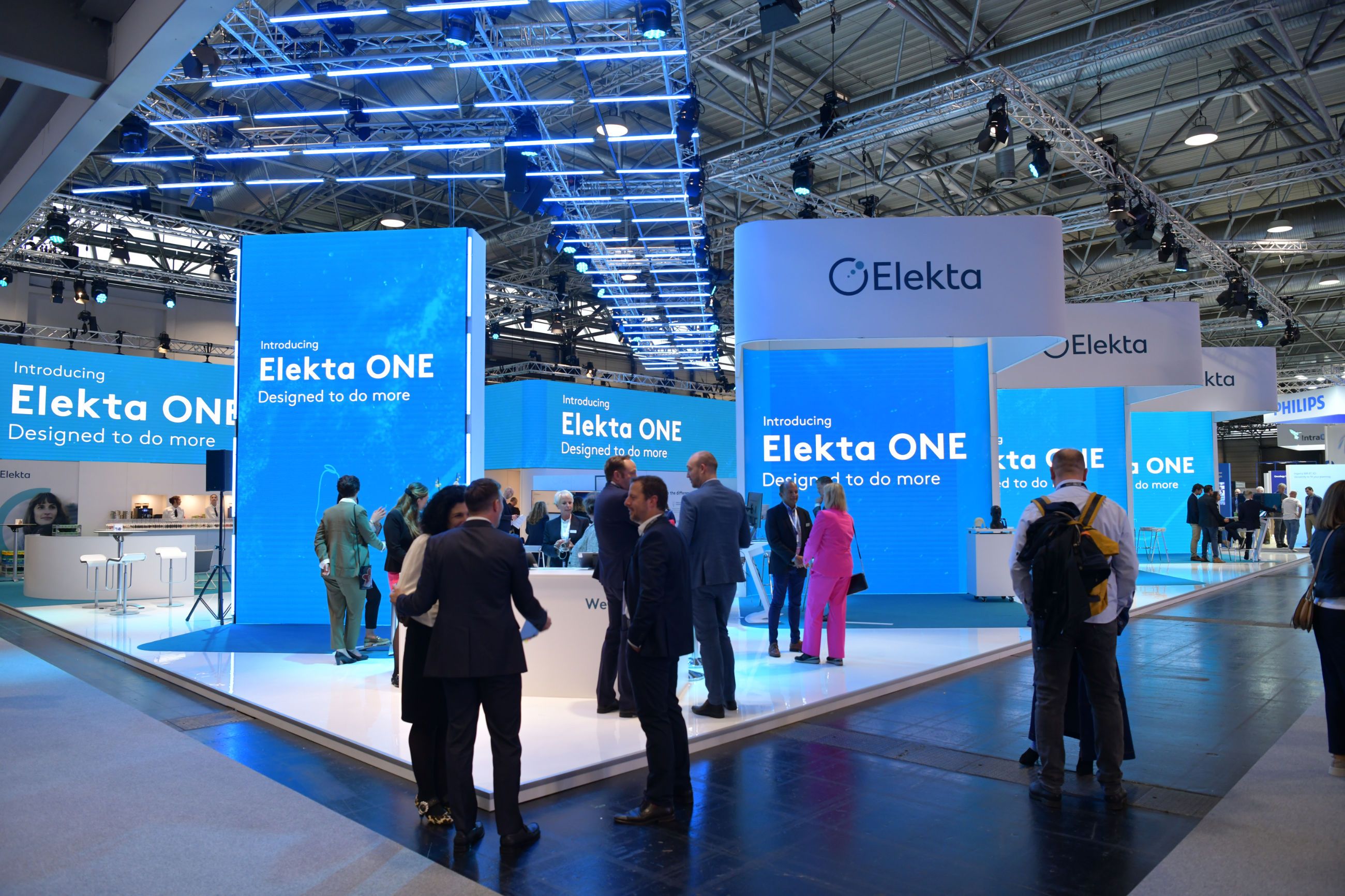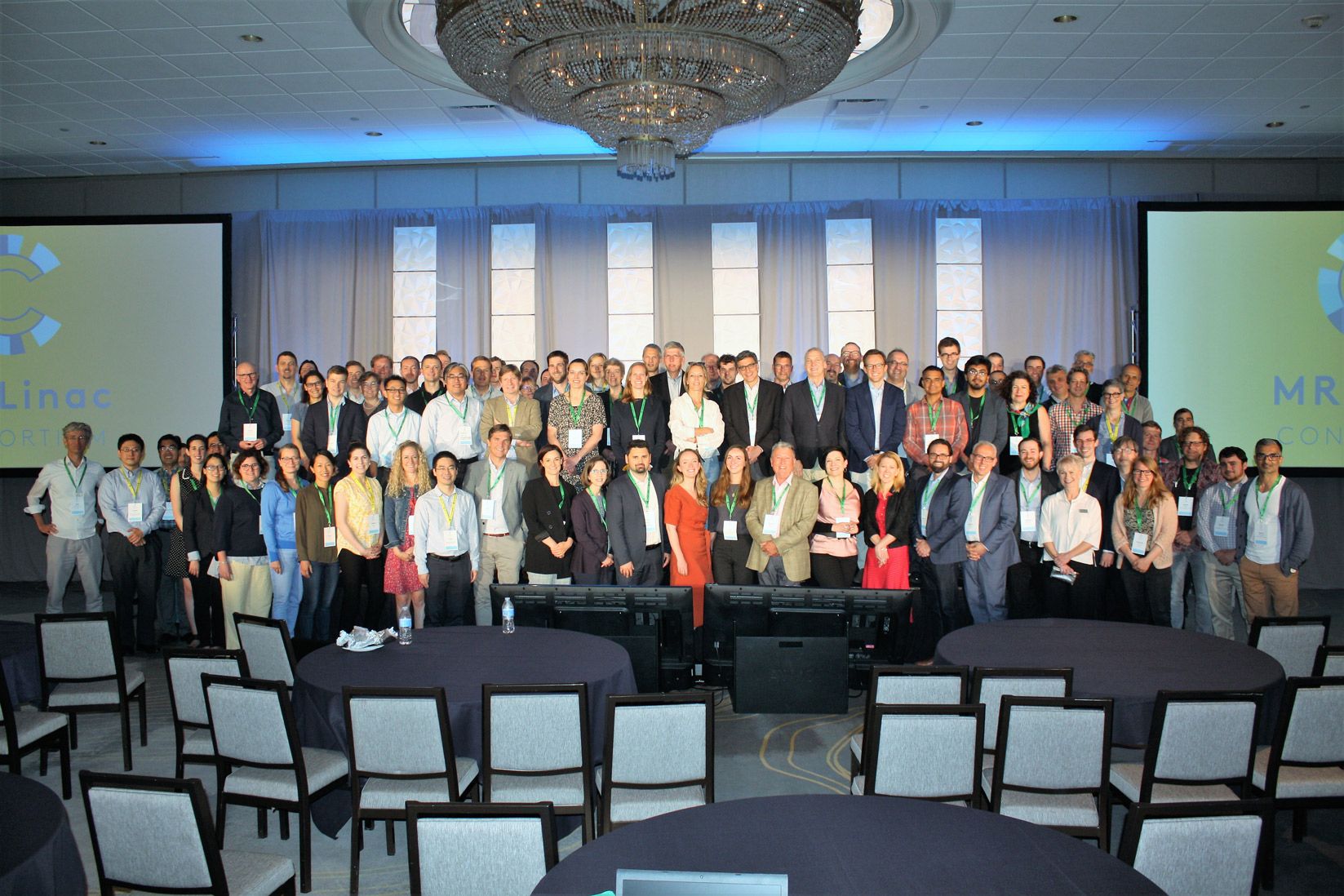Bridging the gap between patients, technology and the healthcare community

By Veronica dell’Acqua, Director of Medical Affairs and Clinical Research
After spending more than a decade as a radiation oncologist in a clinical setting, I made a career shift into a medical affairs position at a pharmaceutical company, and later joined the medical affairs group at Elekta, a medical technology company, where I’ve worked the last three years. While I cherished treating patients, I also desired to create a connection – a bridge or lifeline – between people with cancer, the healthcare professionals who care for them and the businesses responsible for developing the drugs and devices used in their treatment.
Empathy meets expertise
At Elekta, I believe this role as a liaison is more important than ever, as the pace of technological innovation and the complexity of medical technology has only been accelerating. It is this rapid evolution of radiation therapy systems and techniques that is a key focus of medical affairs work. We need to be able to communicate effectively to caregivers, patients and the corporate community about how technology advances will change their respective worlds.

“It is this rapid evolution of radiation therapy systems and techniques that is a key focus of medical affairs work.”
This imperative, for example, inspired the MR-Linac Consortium’s creation of the Hypothesis Testing Program (HTP), which solicits and reviews research proposals from Elekta Unity MR-Linac users. To my knowledge, the HTP is the first-of-its-kind among medical technology companies, which is important because we are convinced that MRgRT is the future of radiation therapy. The HTP will empower physicians using Unity to produce strong clinical evidence for the system’s value.
While the HTP illustrates a key difference between medical technology and pharmaceutical companies, the biggest differentiator, in my experience, is that pharma companies own the products they are selling. For example, they develop and test a given drug, they get it cleared by regulatory agencies, then they sell it for profit. It’s a direct correlation – if a drug cures a certain disease, everyone who has that disease needs to receive that particular drug.
Conversely, Elekta doesn’t sell x-rays – the treatment beams are the same for any company that makes radiation therapy systems. This means that the product research we do after selling to a customer should be specific to Elekta systems, not to the x-rays they produce, which makes building clinical evidence for the product more challenging. This was an important rationale for the creation of the HTP, which we hope will accelerate and validate the knowledge base for MRgRT and thus increase access to this modality among more patients worldwide.
Regulatory standards between the two are different as well. Pharmaceutical manufacturers’ new products undergo an incredibly lengthy and rigorous regulatory process that can take years. Fortunately for radiation therapy companies, the fundamentals of x-ray generation and delivery – particularly safety aspects – were perfected decades ago. This means that technological refinements can be approved more quickly and put into the hands of healthcare professionals in a more timely manner.
Navigating common hurdles
Two major shared challenges are costs and time. It should come as no surprise that costs are increasing across the board, and because drug development and technological innovation are evolving rapidly, the results of any studies commenced to provide clinical evidence for a given product will likely be obsolete for that product, as research can take years to complete.
Scientific communication to stakeholders, particularly KOLs, is somewhat different. While at the pharma company my focus was on kidney disease, so I interacted almost exclusively with kidney disease experts. At Elekta, I communicate with multiple audiences, including radiation oncologists, physicists, administrators and physicians in other specialties. I’m responsible for disseminating up-to-date, accurate information about our technology, how it works and its clinical benefits. This is vital in securing acceptance from caregivers and others, as they depend on reliable scientific evidence to make informed decisions on adopting new technologies into their practices.
“Prospective customers will sometimes ask me – physician-to-physician, which is important to them – what other centers are doing with our technology.”
Prospective customers will sometimes ask me – physician-to-physician, which is important to them – what other centers are doing with our technology. The Elekta Unity MR-Linac is a great example – I can show them clinical cases and the product roadmap, in addition to how Elekta Unity users are exploiting the system. If they express an interest in how the MR-Linac could be used for breast cancer patients, for instance, I try to pull news together and give it to them. I can also introduce them to the MR-Linac Consortium and its Tumor Site Groups.
In summary, the medical affairs role is indispensable in bridging the gap between patients, technology and caregivers. We provide scientific communication, interaction with important stakeholders, and support for navigating regulatory pathways, thus ensuring the seamless integration of advanced technologies into the patient care ecosystem.
Learn more about the role Medical Affairs plays at Elekta.
LARNPS240321





